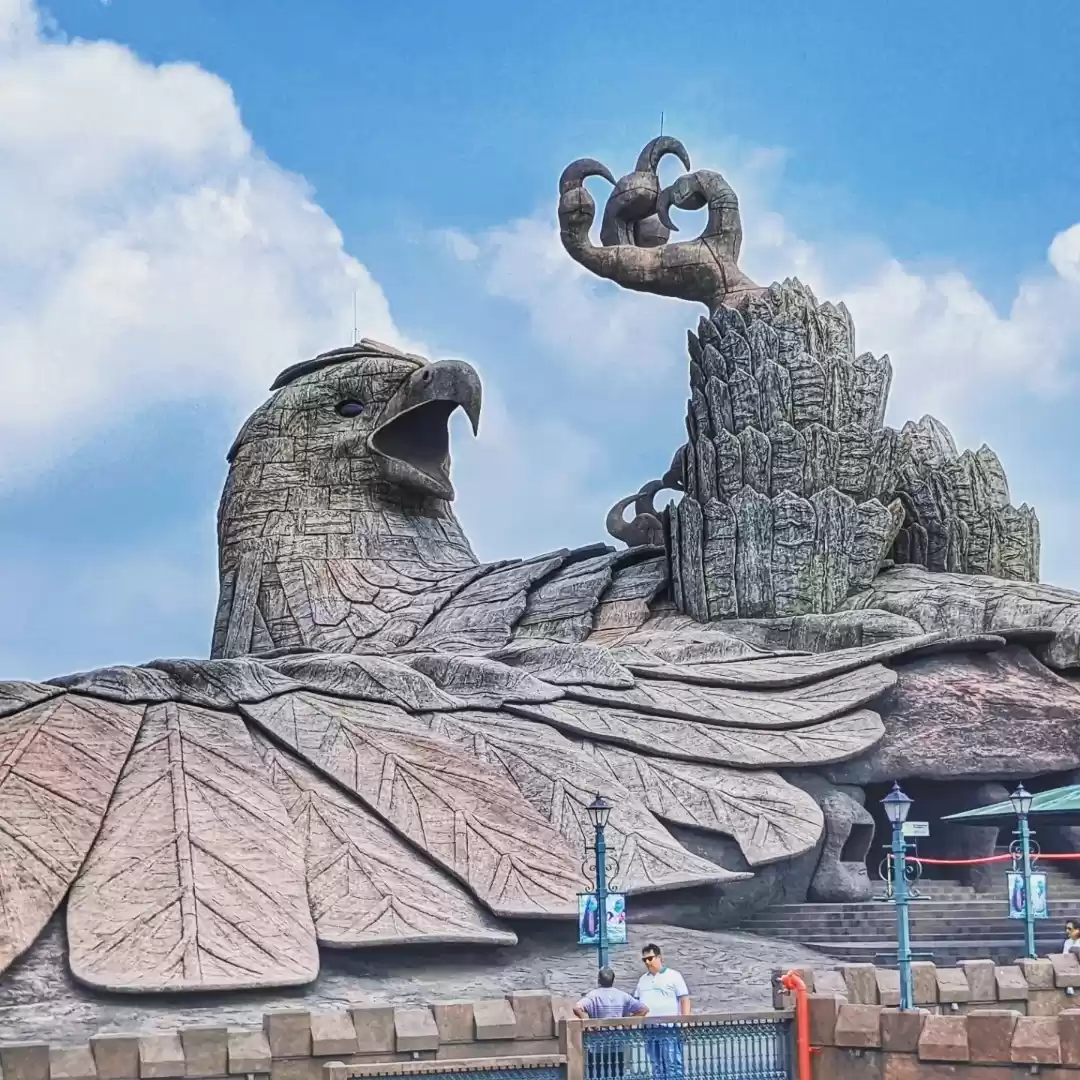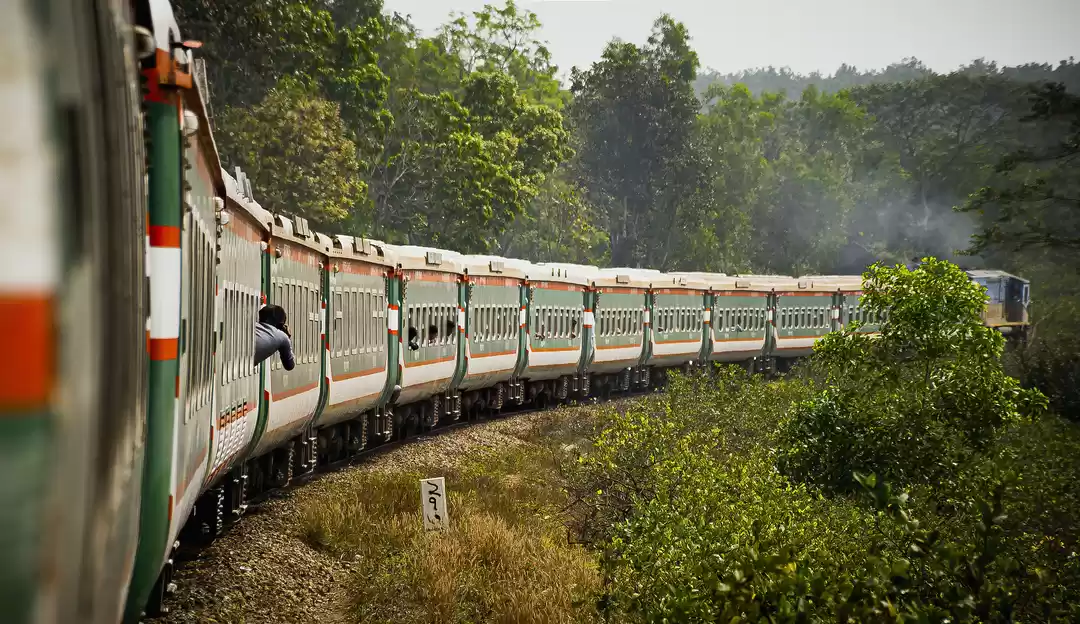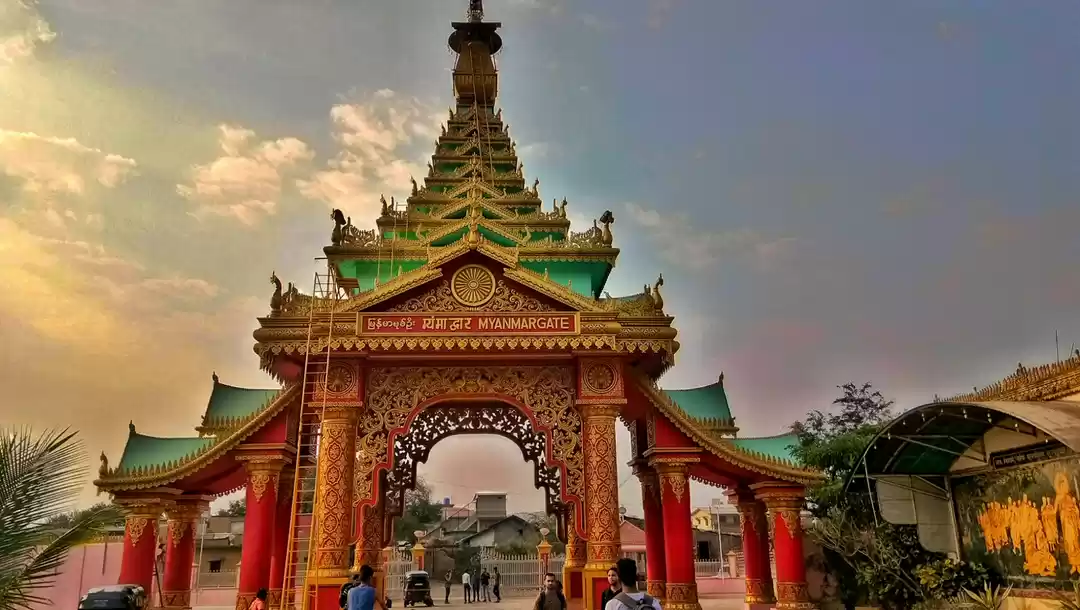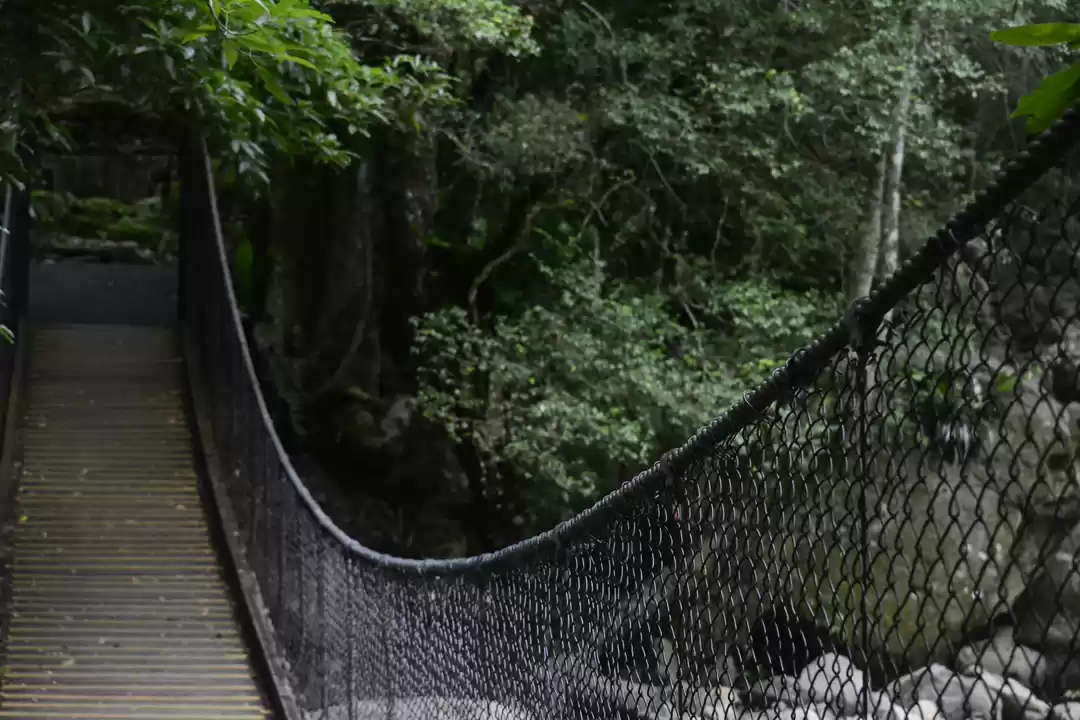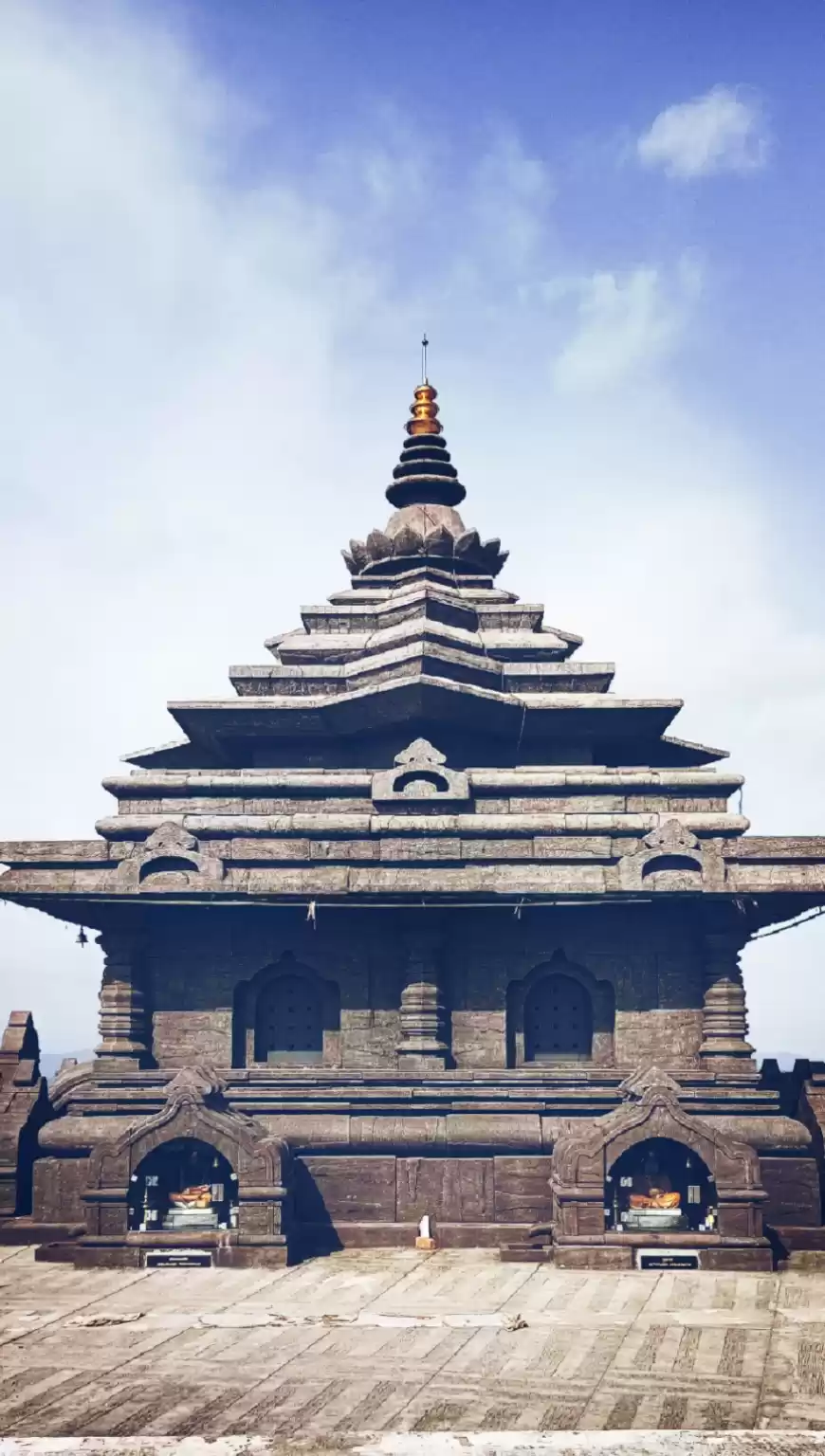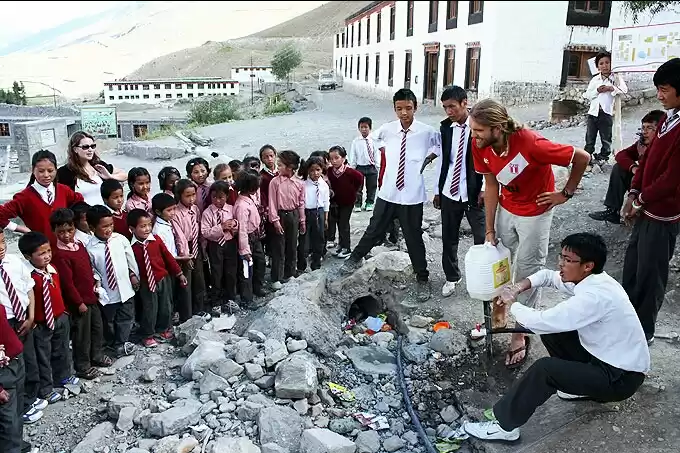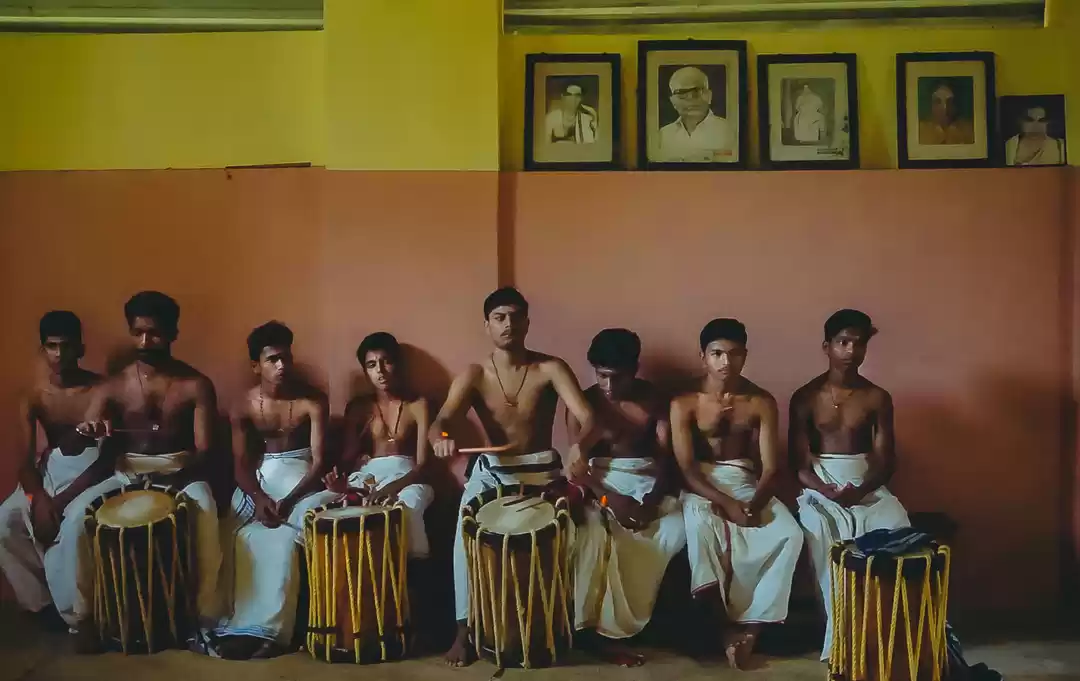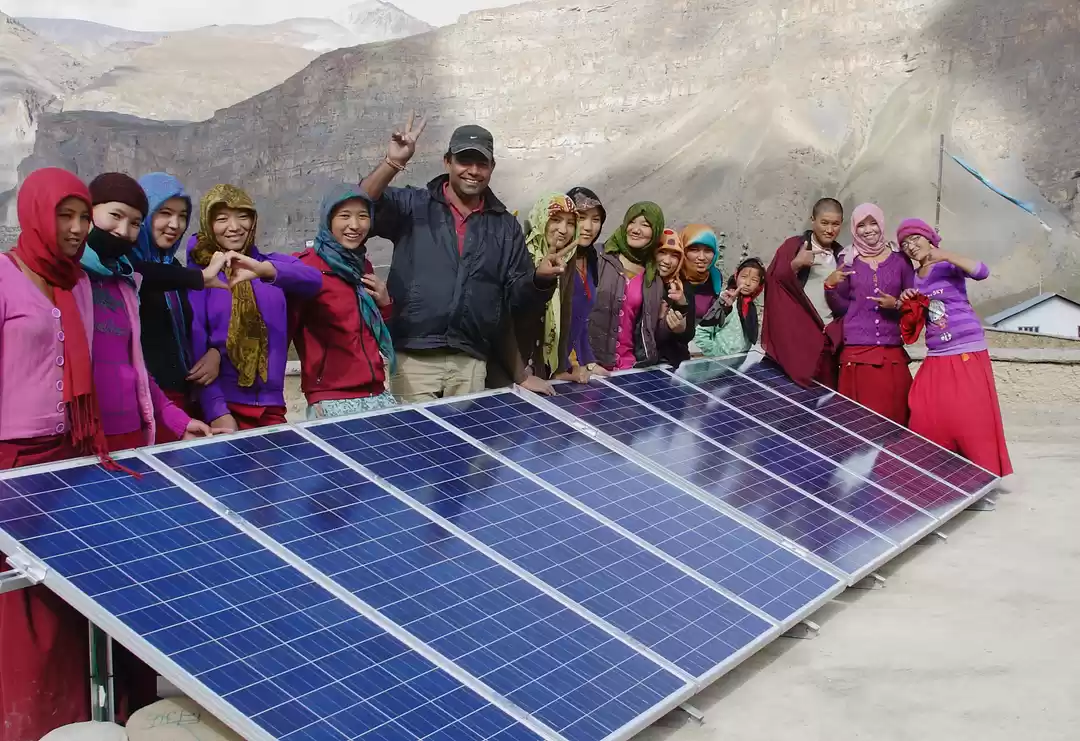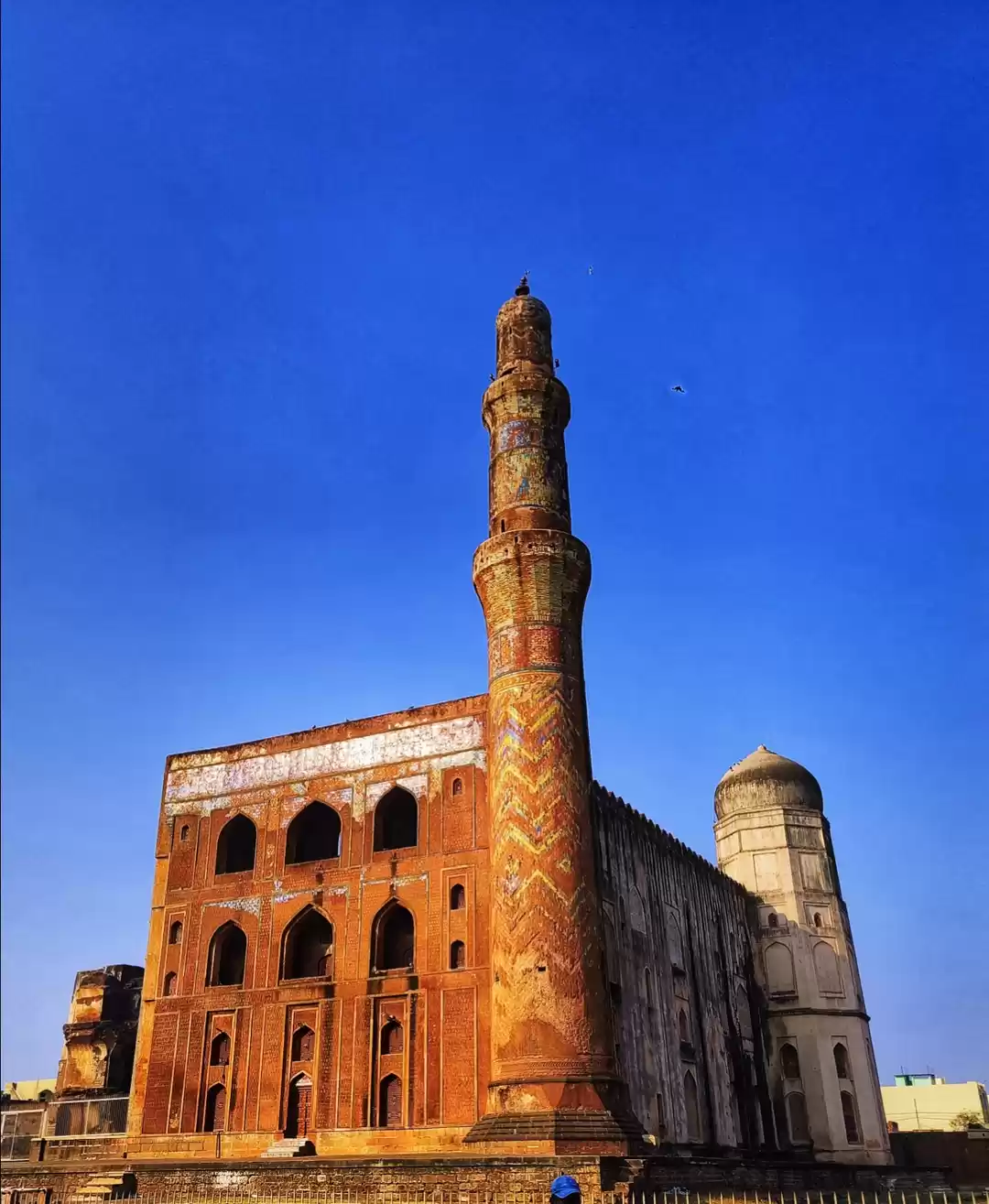Facts and figures go in support of the claim that Potter-heads never stop waiting for their invitation to the Hogwarts School of Witchcraft and Wizardry. While there is no vouching for that probability, there are feasible options that would undoubtedly appeal to your senses, bored rigid of the conventional cemented multi-storied buildings. These innovations in the educational infrastructure will leave you astonished and dumbfounded, at the very least and for good.
1) Brightworks School
![Photo of 7 Unique Schools That Reimagine How Every Child Should Learn 1/14 by Antra Sharma]() Credits: sfbrightworks
Credits: sfbrightworks
Location: San Francisco, California
Age Group: K to 12
Away from the monotonous textbooks and notes that the nerdy spectacles look up from, this school believes in breaking the traditional walls between school and community based practice. The curricula designed can even be termed “dangerous” in layperson language.
Students are encouraged to turn ideas into reality whether it involves playing with fire, taking apart home appliances or painting art projects. The huge warehouse with 18-foot ceilings is a former factory, which the founders have successfully transformed into a real-time school.
![Photo of 7 Unique Schools That Reimagine How Every Child Should Learn 2/14 by Antra Sharma]() Credits: sfbrightworks
Credits: sfbrightworks
Its proud property boasts of a paint and construction paper filled art studio, no shoes cork floor for movement and play and a fabrication lab with a laser cutter amongst others.
2) Carpe Diem School
![Photo of 7 Unique Schools That Reimagine How Every Child Should Learn 3/14 by Antra Sharma]() Credits: gannett
Credits: gannett
Location: Aiken, Ohio
Age Group: 7 to 12 grades
Aiming at a professional, digitized training suited to the needs of the contemporary world, Carpe Diem schools are charter schools for students of grades 7-12 spread across the U.S. The curriculum blends classroom instruction with digital coursework and has a model fitting the same. The main room of the Aiken School is set in an office-like environment more than a classroom. Named The Learning Centre, the room houses roughly 300 cubicles with a computer in each of the cubicles, to guide the students.
![Photo of 7 Unique Schools That Reimagine How Every Child Should Learn 4/14 by Antra Sharma]() Credits: publicbroadcasting
Credits: publicbroadcasting
By placing necessary emphasis on technological knowledge the students also have the opportunity to earn college credits through the digital coursework.
3) Ørestad Gymnasiums
![Photo of 7 Unique Schools That Reimagine How Every Child Should Learn 5/14 by Antra Sharma]() Credits: 3xn
Credits: 3xn
Location: Copenhagen, Denmark
Age Group: 16 to 19 years (Upper secondary school)
The architecture of the school is meant to match their pedagogical techniques. The expansive glass cube ensures that all activities are visible to everybody and hence facilitates communication and interaction. The wide-open settings promote reflective, collaborative learning that mimics the way teenagers think, learn and socialize.
![Photo of 7 Unique Schools That Reimagine How Every Child Should Learn 6/14 by Antra Sharma]() Credits: dac
Credits: dac
Through a relaxed, yet active learning environment, the school encourages students to transform their knowledge to action.
4) Big Picture Learning
![Photo of 7 Unique Schools That Reimagine How Every Child Should Learn 7/14 by Antra Sharma]() Credits: metschool
Credits: metschool
Location: Providence, Rhode Island
Age Group: K to 12
The educational model of the Big Picture Learning educates its students with knowledge that works in tandem with the real world of their greater community. The aim is to catalyse vital changes in the education of k-12 students by prioritizing their interests and passions before other customaries.
Specialists and experts from the same field of the student’s interest are chosen as mentors to guide the students.
![Photo of 7 Unique Schools That Reimagine How Every Child Should Learn 8/14 by Antra Sharma]() Credits: bigpicture
Credits: bigpicture
The most efficient tools that aid the program are real world learning, individualised learning plans, a small school setting and internships.
5) Sra Pou Vocational School, Sra Pou village, Cambodia
![Photo of 7 Unique Schools That Reimagine How Every Child Should Learn 9/14 by Antra Sharma]() Credits: ukumbi
Credits: ukumbi
Location: Sra Pou Village, Cambodia
Age Group: All age groups
Sra Pou Vocational School is a vocational training centre and community building in Sra Pou village. The purpose of the centre is to professionally train the underprivileged and evicted Sra Pou community to start sustainable building together and earn their living. The teachers are provided by a local NGO.
Additionally, the construction of the building employed local workforce, using those materials and methods that the peoples could later utilize in constructing their own houses as well.
![Photo of 7 Unique Schools That Reimagine How Every Child Should Learn 10/14 by Antra Sharma]() Credits: finnisharchitecture
Credits: finnisharchitecture
As a community project, the school also serves as a public hall of gatherings for decision making when it is not organizing the teaching schedules.
6) Steve Jobs School, Amsterdam, The Netherlands
![Photo of 7 Unique Schools That Reimagine How Every Child Should Learn 11/14 by Antra Sharma]() Credits: i.guim
Credits: i.guim
Location: Amsterdam, The Netherlands
Age Group: 6 to 10 years (Primary School)
Introduced as recently as 2013, the concept of Steve Jobs School is unique and falls out of the folds of conventional teachings in all its aspects. Classes are replaced with core groups which consist of around 25 children. The older ones are stimulated to help the younger students. From the very beginning, students are guided to indicate what they wish to learn and an Individual Development Plan (IDP) is modelled for the same. Each student hence has the leverage to progress at his/her own pace.
![Photo of 7 Unique Schools That Reimagine How Every Child Should Learn 12/14 by Antra Sharma]() Credits: nrc-reader
Credits: nrc-reader
Each child is appointed a coach who works along with the parents and the students themselves to design the curricula.
7) Egalia Pre-School
![Photo of 7 Unique Schools That Reimagine How Every Child Should Learn 13/14 by Antra Sharma]() Credits: static3
Credits: static3
Location: Stockholm, Sweden
Age Group: 1 to 6 years (Pre-school)
The Egalia Pre-School is one of the first in fighting gender biases in the minds of children. The goal is to not let the weight of social expectations based on sex, influence little kids. The protocol allows only the use of words like “friends”, first names or hen (a genderless pronoun borrowed from the Finnish) in place of gender specific pronouns like “him” or “her”.
The school ensures that gender stereotypes do not take over the judgement of the student’s mind by focusing on all details right from the colour and placement of toys to the choice of books.
![Photo of 7 Unique Schools That Reimagine How Every Child Should Learn 14/14 by Antra Sharma]() Credits: assets
Credits: assets
The hope is to base the system on equality and hence impart democratic values in not just theory but also practice for the students.


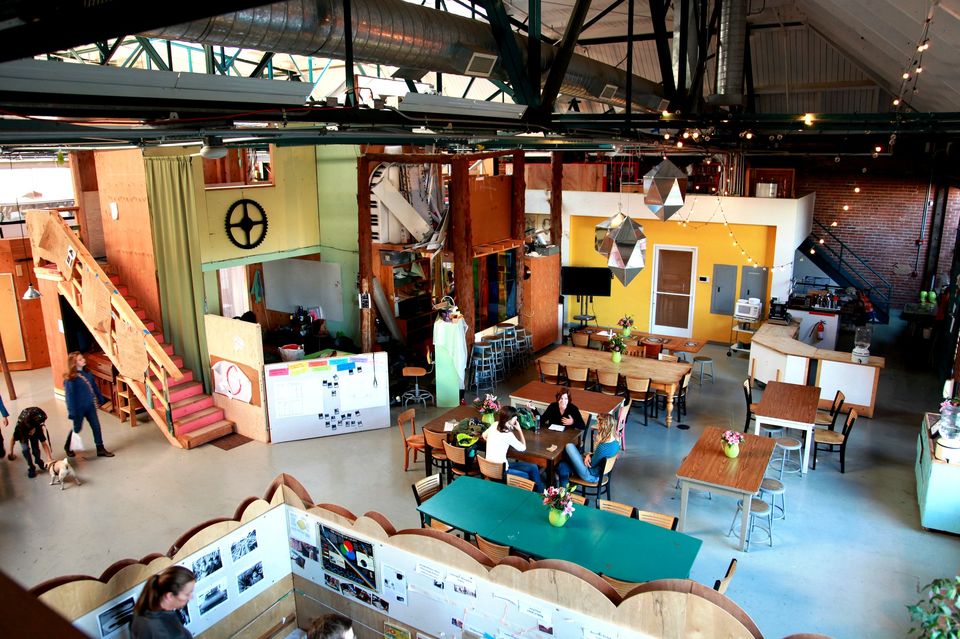 Credits:
Credits:  Credits:
Credits: 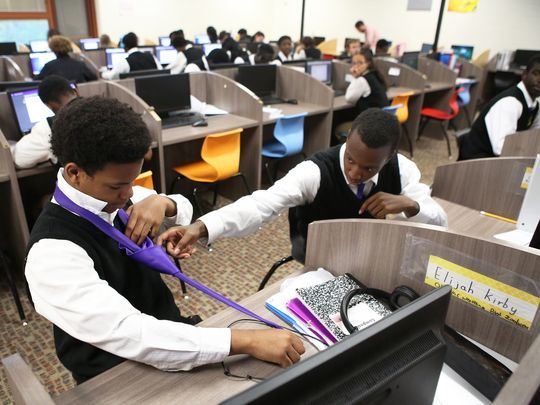 Credits:
Credits:  Credits:
Credits: 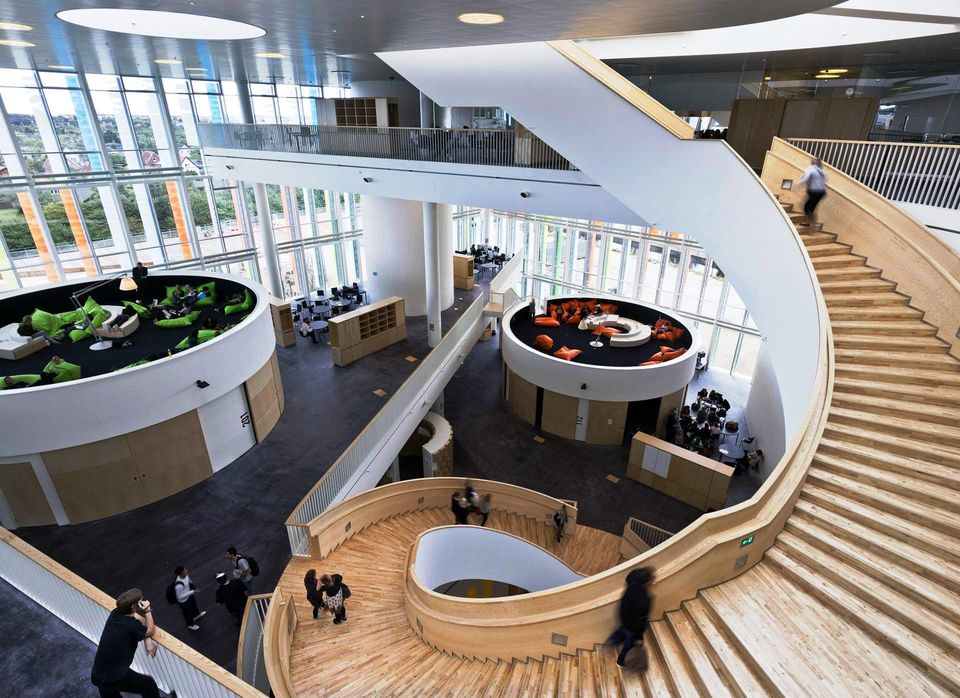 Credits:
Credits:  Credits:
Credits: 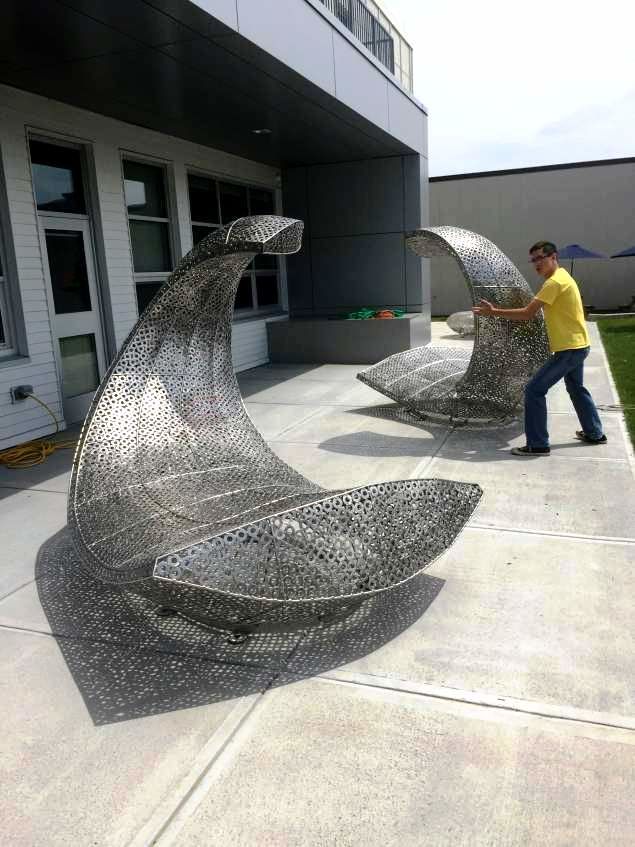 Credits:
Credits:  Credits:
Credits:  Credits:
Credits: 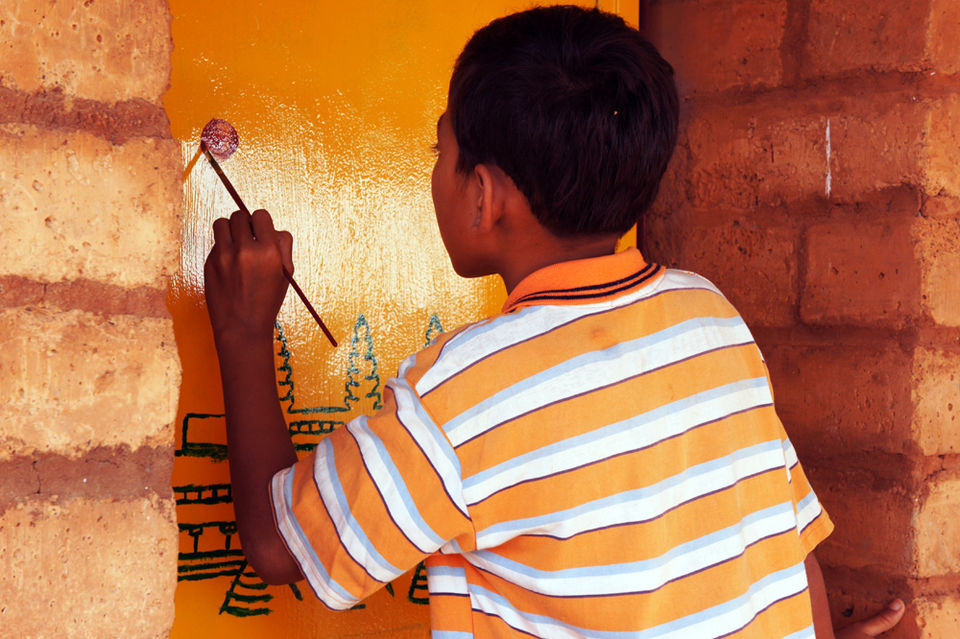 Credits:
Credits:  Credits:
Credits: 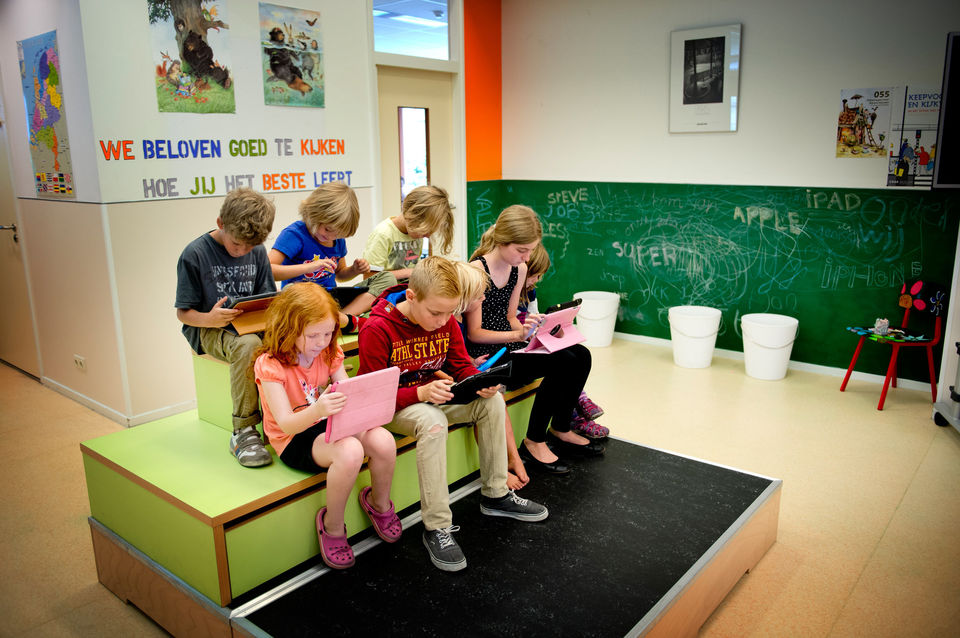 Credits:
Credits:  Credits:
Credits: 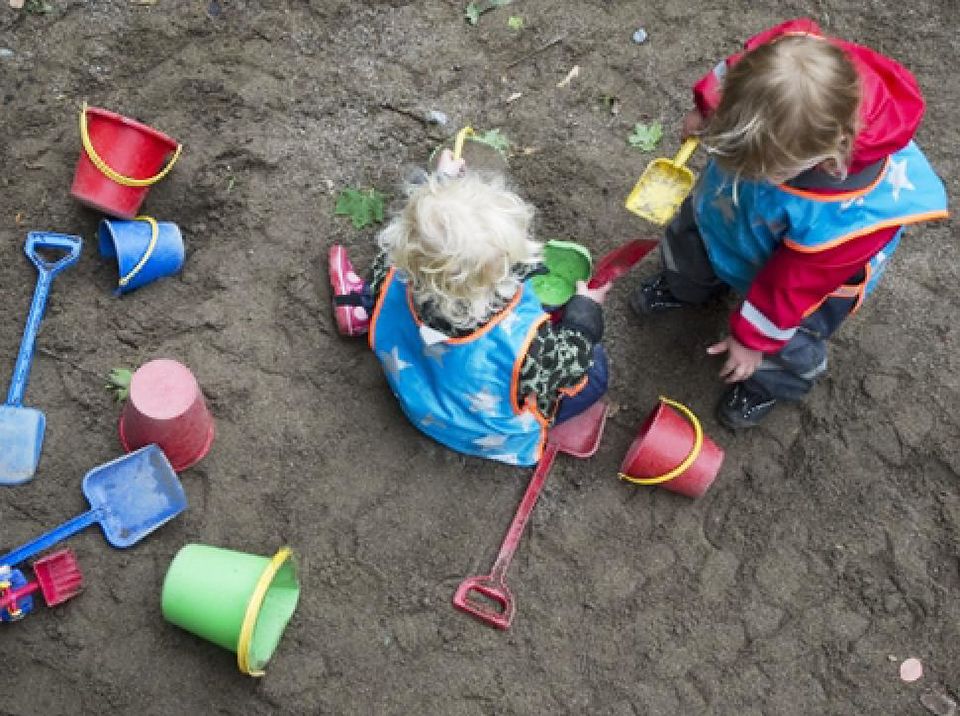 Credits:
Credits: 


